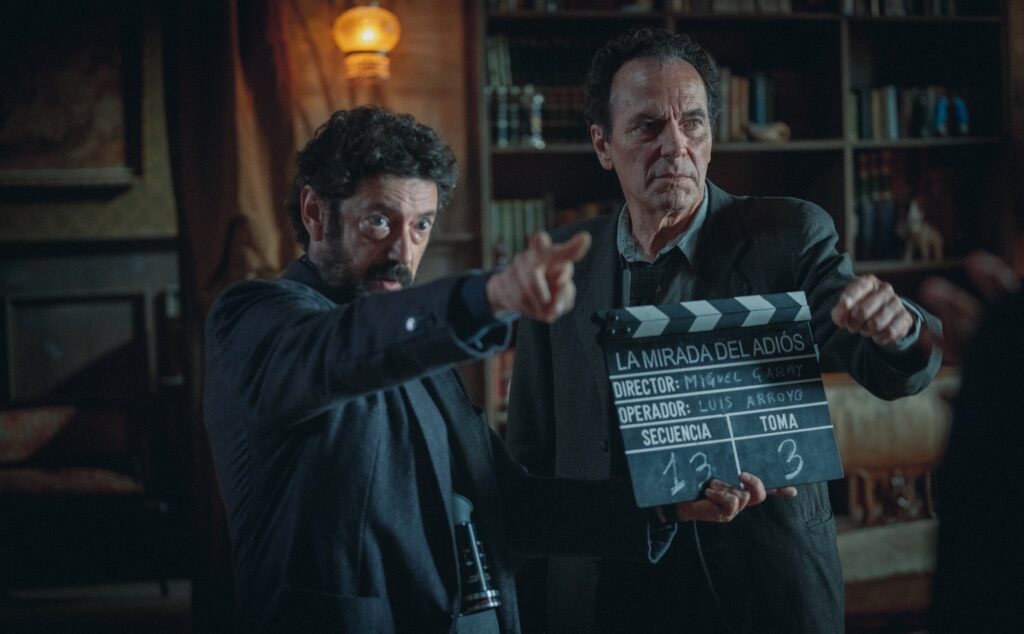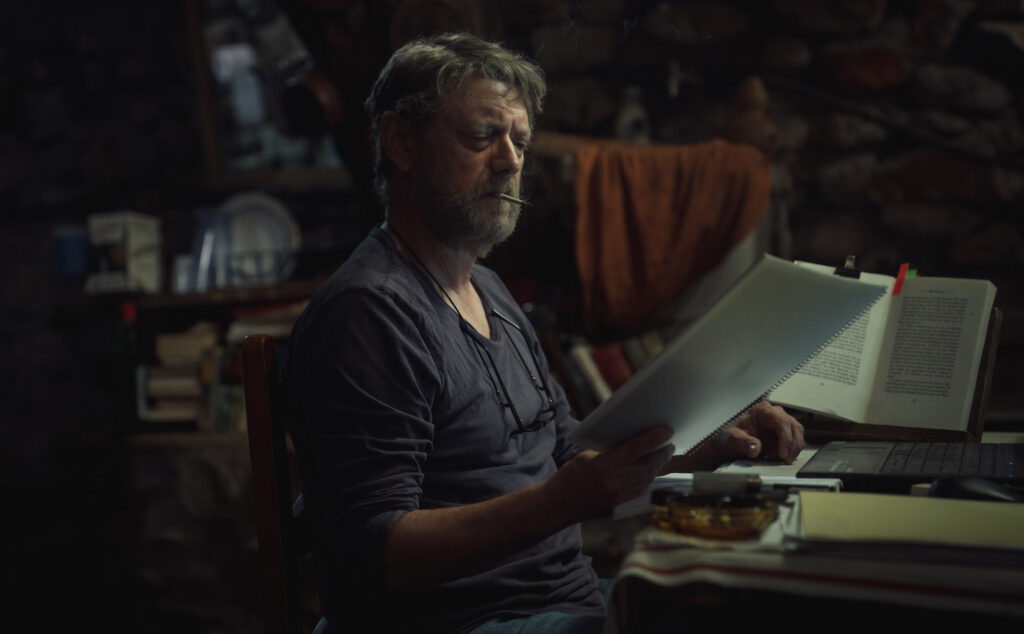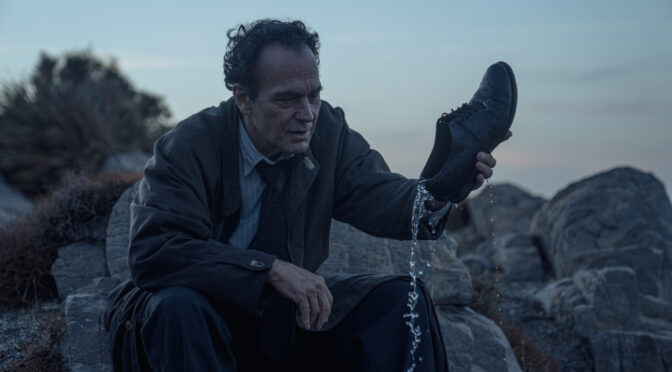Article by Fabio Bertolotto
Translation by Camilla Lippi
In Víctor Erice’s movies – four in a career that began fifty years ago – cinema, both as a physical place and as a technical and expressive device, has always played a central role. Her first feature film, The Spirit of the Beehive (El espíritu de la colmena, 1973), told the story of a little girl who was shocked after watching Frankenstein (James Whale, 1931). In El sur (The South) (1983) the protagonist discovered her father’s betrayal in a hall where movies featuring the man’s lover were shown. Cinema as an influential art device, capable of having concrete effects on reality, can also be found in Cerrar los ojos (Close your eyes), the director’s latest work.

The film weaves together two stories: that of Miguel Garay (Manolo Solo), a filmmaker searching for his missing actor and friend Julio Arenas (José Coronado); and that of the movie the two were making before the disappearance, prophetically titled La mirada del adiós (The Farewell Gaze), which told the adventure of a man charged with finding and bringing home the daughter of a dying rich man. Two quest stories that end up mirroring each other, without however merging into one another- because reality and fiction stay distinct, but one ends up affecting the other.
The two stories are told through the alternate use of analog and digital. The director’s work with cinematographer Valentín Álvarez highlights the differences between the media to reflect on the identity of images, which can be truth or lies depending on the format. The film within the film is shot on-film and represents the last remaining evidence of Julio’s existence. The only traces of the actor are preserved in the materiality of the film, in those images that become a document, archived without ever being shown to the public. Instead, the digital is used to evoke the present’s uncertainty and Julio’s absence. It is no coincidence that Erice chose this format to show the scenes of the television show in which the disappearance is discussed – a broadcast programme that is more interested in feeding the mystery than solving it.

The theme of memory is linked to that of identity. Julio decided to forget who he was, convinced that he could erase his own traces, hoping that no one else would ever remember him, as indeed his daughter tried to do. But the moment the actor is forced to see some scenes from the unfinished film, he is confronted with the proof of his own existence. Unable to deny the evidence of the analogical document, he has no choice but to close his eyes, to keep living in the evanescence of the digital.

